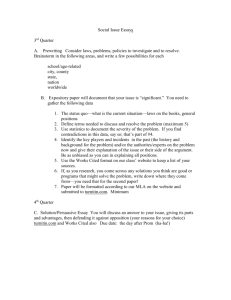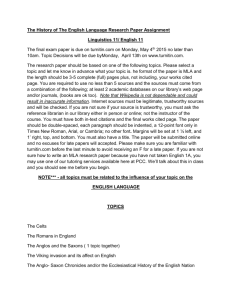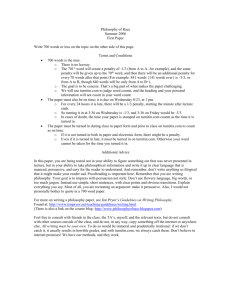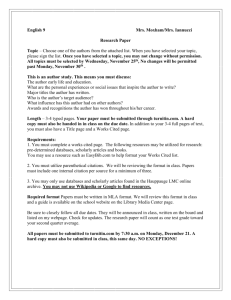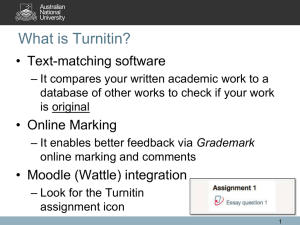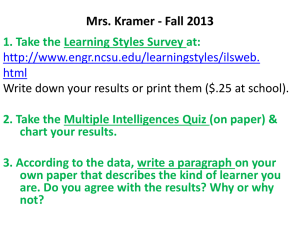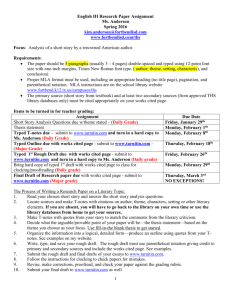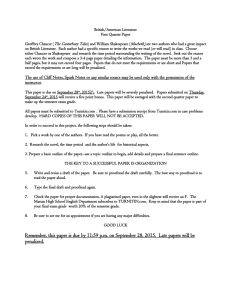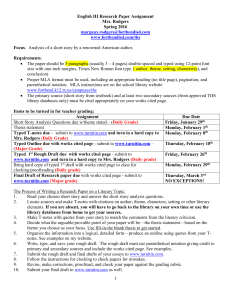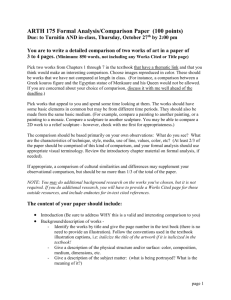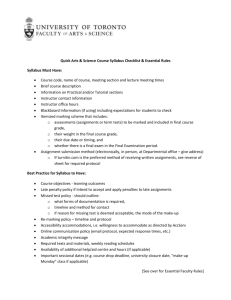Important Terms - Plagiarism.org
advertisement
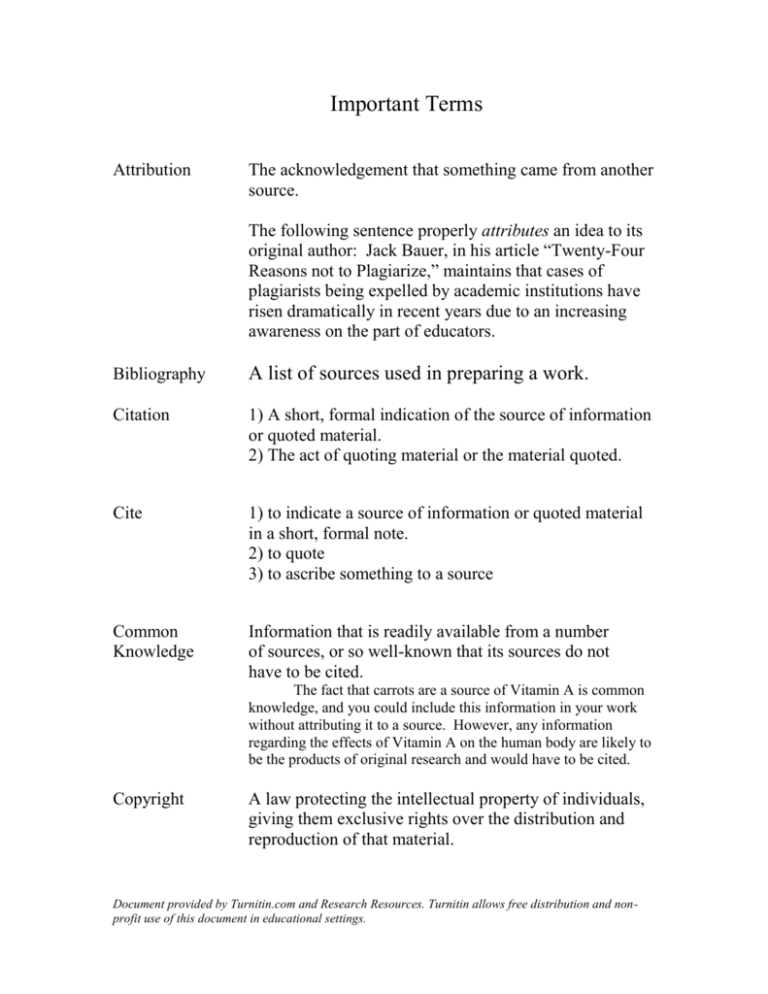
Important Terms Attribution The acknowledgement that something came from another source. The following sentence properly attributes an idea to its original author: Jack Bauer, in his article “Twenty-Four Reasons not to Plagiarize,” maintains that cases of plagiarists being expelled by academic institutions have risen dramatically in recent years due to an increasing awareness on the part of educators. Bibliography A list of sources used in preparing a work. Citation 1) A short, formal indication of the source of information or quoted material. 2) The act of quoting material or the material quoted. Cite 1) to indicate a source of information or quoted material in a short, formal note. 2) to quote 3) to ascribe something to a source Common Knowledge Information that is readily available from a number of sources, or so well-known that its sources do not have to be cited. The fact that carrots are a source of Vitamin A is common knowledge, and you could include this information in your work without attributing it to a source. However, any information regarding the effects of Vitamin A on the human body are likely to be the products of original research and would have to be cited. Copyright A law protecting the intellectual property of individuals, giving them exclusive rights over the distribution and reproduction of that material. Document provided by Turnitin.com and Research Resources. Turnitin allows free distribution and nonprofit use of this document in educational settings. Endnotes Notes at the end of a paper acknowledging sources and providing additional references or information. Facts Knowledge or information based on real, observable occurrences. Just because something is a fact does not mean it is not the result of original thought, analysis, or research. Facts can be considered intellectual property as well. If you discover a fact that is not widely known nor readily found in several other places, you should cite the source. Footnotes Notes at the bottom of a paper acknowledging sources or providing additional references or information. Fair Use The guidelines for deciding whether the use of a source is permissible or constitutes a copyright infringement. Intellectual Property A product of the intellect, such as an expressed idea or concept, that has commercial value Notation The form of a citation; the system by which one refers to cited sources. Original 1) Not derived from anything else, new and unique 2) Markedly departing from previous practice 3) The first, preceding all others in time 4) The source from which copies are made Paraphrase A restatement of a text or passage in other words It is extremely important to note that changing a few words from an original source does NOT qualify as paraphrasing. A paraphrase must make significant changes in the style and voice of the original while retaining the essential ideas. If you change the ideas, then you are not paraphrasing – you are misrepresenting the ideas of the original, which could lead to serious trouble. (see examples in the students preventing page….) Document provided by Turnitin.com and Research Resources. Turnitin allows free distribution and nonprofit use of this document in educational settings. Peer Review Turnitin.com’s teaching tool that allows students to anonymously review the work of their peers. This gives students a chance to build critical skills while helping them to see the strengths and weaknesses of their own writing. Plagiarism The reproduction or appropriation of someone else’s work without proper attribution; passing off as one’s own the work of someone else Public Domain The absence of copyright protection; belonging to the public so that anyone may copy or borrow from it. See our section on What is public domain? Quotation Using words from another source Self-plagiarism Copying material you have previously produced and passing it off as a new production. This can potentially violate copyright protection, if the work has been published, and is banned by most academic policies. Document provided by Turnitin.com and Research Resources. Turnitin allows free distribution and nonprofit use of this document in educational settings.
